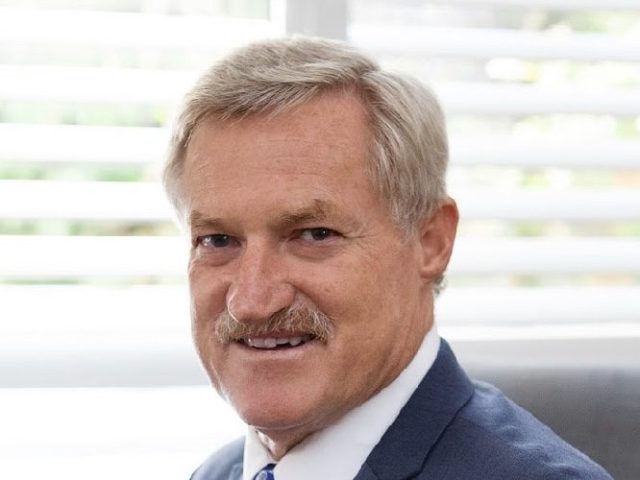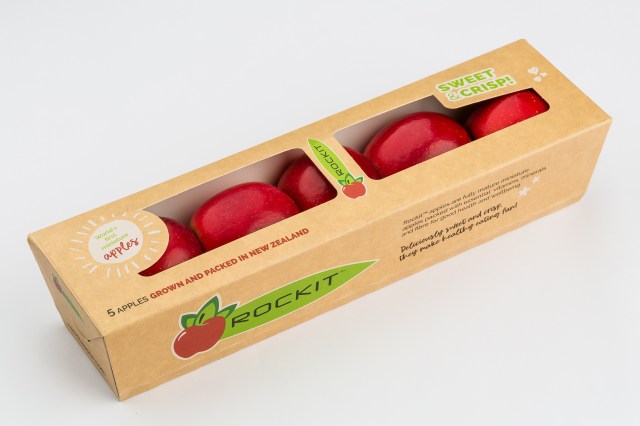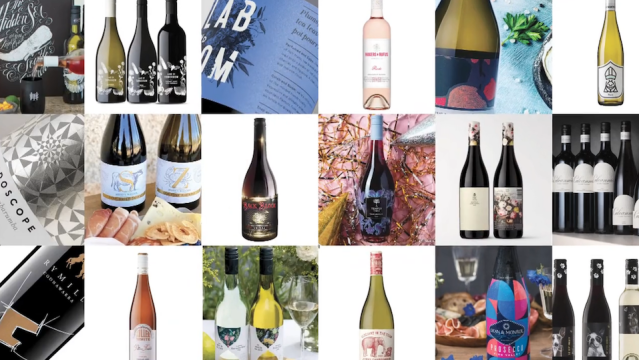
Brands and companies need to future proofing their packaging in a connected world with finite resources, according to Cambridge Design Partnership.
Speaking at the recent AIPIA Smart Packaging Virtual Congress, its head of digital Pari Gaikwad and sustainability lead and senior mechanical engineer Matt Morris said smart and sustainable technologies are proliferating around us; however, they aren’t spoken of together.
“Everything is smart around us. There’s an equal emphasis on sustainable and smart, but these seem to be pulling in opposite directions, though,” Gaikwad said.
“There’s technology out there that sustainability requirements mean that smart and sustainable can coexist. So from that perspective, a very simple example of a smart an sustainable solution is an NFC chip that’s built into the cap of a wine bottle. You tap on the cap with your mobile device, and it tells you the brand story. It’s like a mini commercial on the phone instead of on a cardboard.
“What’s the benefit out of this? Well, it’s consumer engagement, but it can also help manufacturers reduce waste and improve the supply chain – all with a very simple implementation of smart technology.”
And with sustainability becoming a dominant issue when it comes to new packaging design, Morris said sacred brand assets are now up to be redesigned for sustainability.
“Packaging features that negatively impact sustainability are very, very difficult sell now, both within a company and to consumers. And in that context, when we consider a standard RFID tag on a plastic water bottle, it might add in the order of 10 per cent to the carbon footprint of the bottle,” he said.
“So, how do brands sell smart packaging both to their internal sustainability teams and to customers? We think the answer is by focusing on the intersection between smart and sustainable and by clearly expressing the benefit that that brings beyond the packaging itself.
“Our research shows that carbon emissions due to food waste are way larger than due to packaging. And in fact, if you add a little bit of smart packaging in your product, then the data from it can be used to deal with the things like food waste.”
Gaikwad also spoke about an example of how smart packaging can be used to make reuse convenient.
“There’s a trial that’s happening in the UK, which involves a partnership between McDonald’s and Loop. The project involves McDonald’s recyclable single use cups, which can be re processed – so picked up in store for a small deposit and returned to any of the return points. There’s a QR code that you need to scan with your phone to make that system work. And that’s a great system for McDonald’s since it has a big footprint,” he said.
“Smart and sustainable packaging is just at the start of its capability. Brands, retailers, material recovery facilities, converters, and manufacturers of the sorting equipment all need to collaborate to make this work and scale.”
Morris added that smart and sustainable should not be viewed as an oxymoron, but rather in a significant intersection.
“We think that brands should be targeting that intersection and clearly expressing the benefits both internally within their company and also to their consumers and customers. And starting with the benefits is important. Then, design the system that can achieve those benefits and select the platform or technologies and partners that allow that system to function,” he said.


